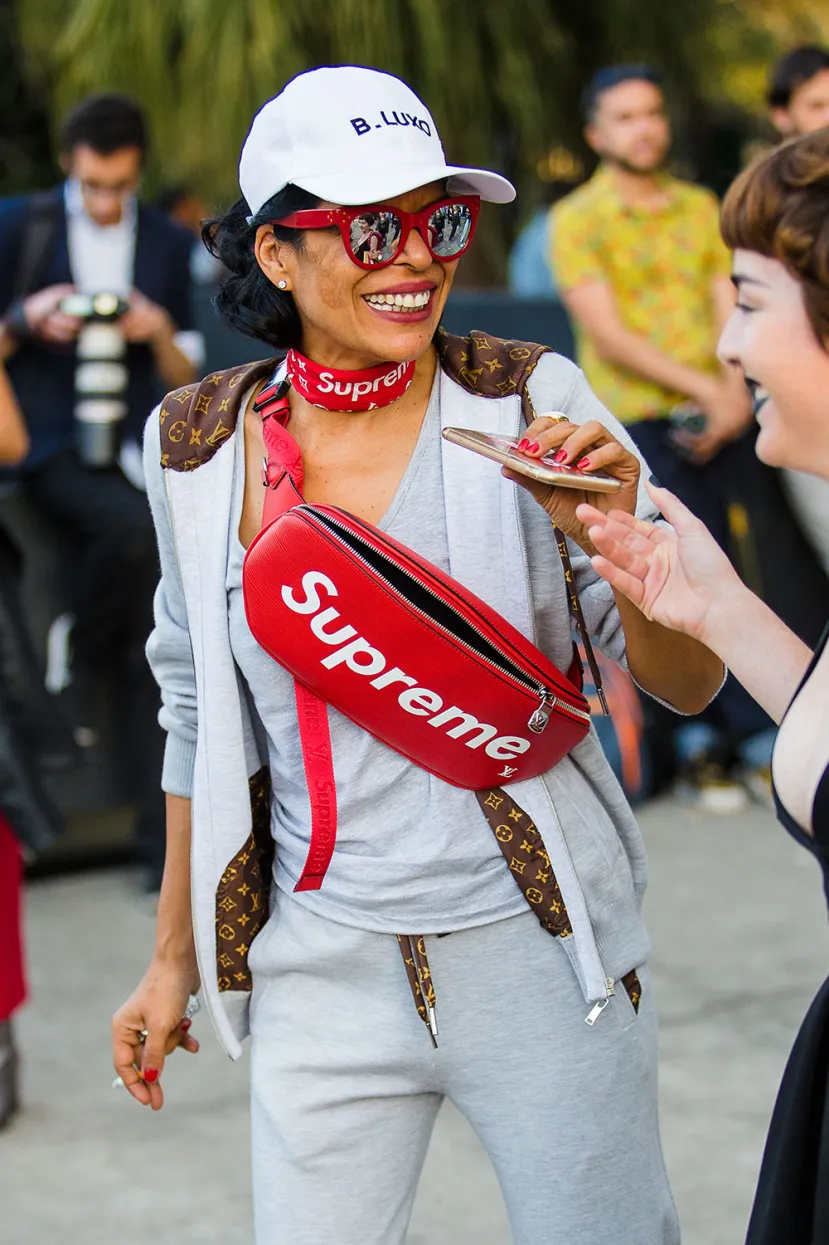There’s a purse for every clutch situation . . . .
Strut, Snap, Celebrate: It’s National Handbag Day 👜
October 10th is officially the day we honor the ultimate sidekick of style,
secrets, and sass—the handbag. Enjoy the fun!
Handbags aren’t just accessories. They’re personality
statements, portable treasure chests, and sometimes, full-blown survival kits.
From sleek clutches to oversized totes, each bag tells a story—of mood,
mission, and maybe a little mystery.
More than 60% of American women aged 35+ regularly carry
handbags, while only 39% of women aged 18–34 do. Among younger women,
hands-free styles like fanny packs and backpacks and wristlets are very popular.
Each of those options have their own reflections of shifting lifestyle needs
and fashion preferences.
Bag Parade: Post a photo of
your favorite handbag
Treat Yourself: Been eyeing
that dream bag? Today’s the day to make it yours. Or thrift something fabulous
and unexpected.
Bag Swap Party: Host a
virtual or in-person exchange with friends. One person’s “meh” is another’s
“must-have.”
From Mary Poppins’ magical carpet bag to the sleek weaponized clutch in spy thrillers, handbags have long been symbols of mystery, power, and transformation. Mary Poppins’ carpet bag held everything from a mirror to a hat stand, symbolizing whimsy and mystery.
Carrie Bradshaw’s Fendi
Baguette in Sex and the City became a fashion icon overnight,
representing individuality and urban glamour.
Indiana Jones’ satchel
wasn’t just rugged—it embodied adventure and intellect.
The Chanel 2.55, with its
quilted leather and chain strap, revolutionized women’s fashion by freeing
their hands and elevating elegance.
The Hermès Birkin, famously
named after Jane Birkin, became a pop culture legend through celebrity
endorsements and exclusivity.
These bags don’t just carry
items—they carry identity, emotion, and narrative weight.
A Brief History of Women
Carrying Handbags
The handbag’s journey is deeply
tied to women’s evolving roles and freedoms:
Pre-1800s: Women wore
pockets tied under their skirts. These were considered undergarments, making
visible bags “vulgar”.
1790s–1800s: As fashion
shifted to slimmer silhouettes, hidden pockets vanished. Enter the reticule—a
delicate, decorative pouch worn outside the clothing.
Late 1800s–Early 1900s:
With more women venturing into public life, bags became larger and more
functional. Louis Vuitton and others designed structured handbags with
compartments and closures, offering privacy and independence.
20th Century Onward:
Handbags mirrored societal shifts—flapper freedom, wartime utility, postwar
luxury, feminist practicality. They became symbols of autonomy, style, and
status.
Today, handbags are not just
functional—they’re expressive, empowering, and personal. This
year’s trends blend nostalgia, utility, and bold aesthetics:
Wishing you a happy National Handbag Day. Celebrate with fun
that reflects your own Purse-onality.

















































